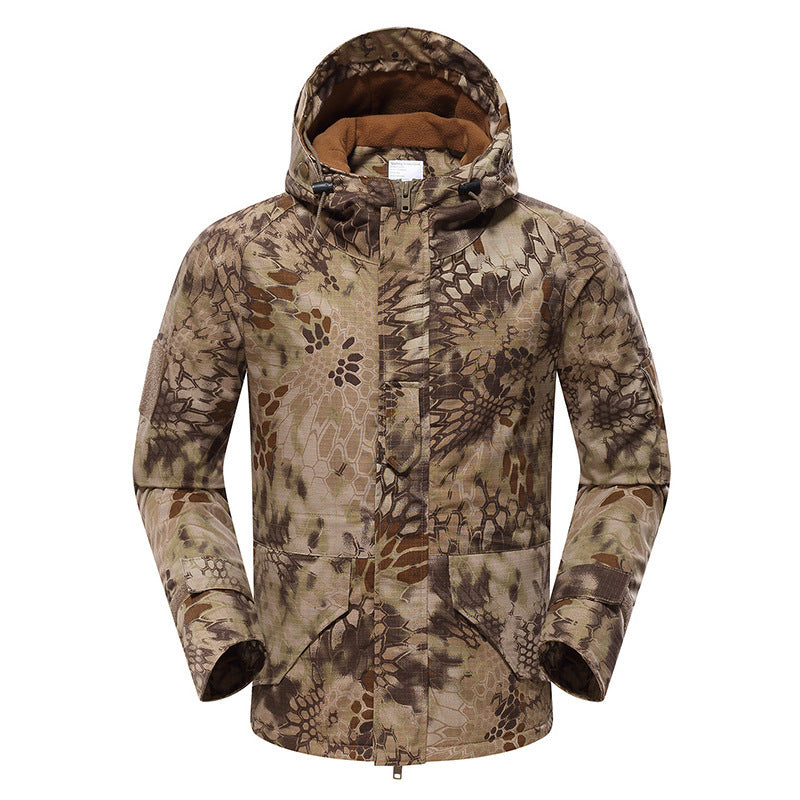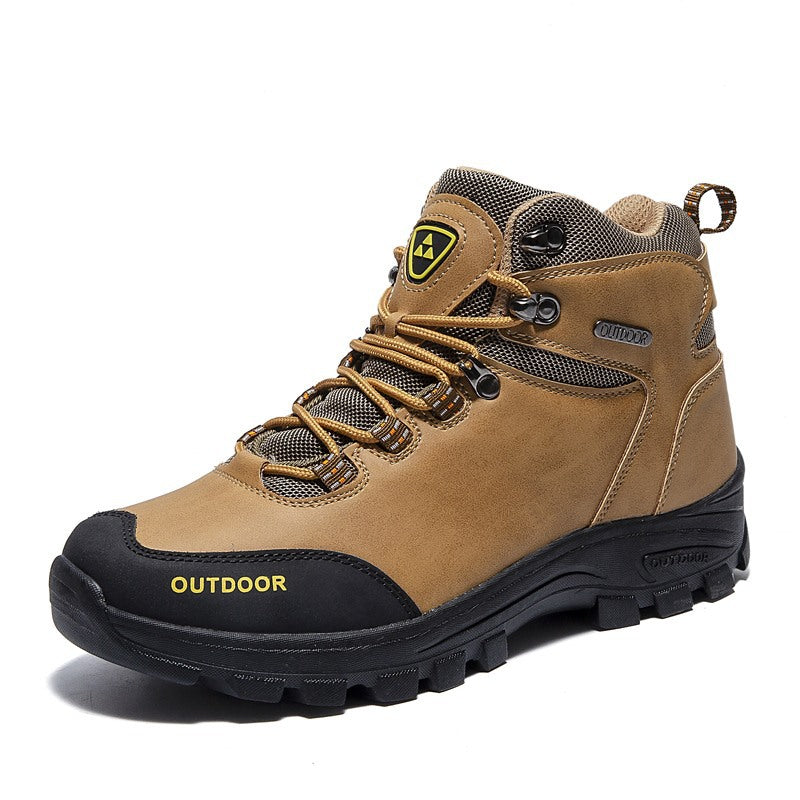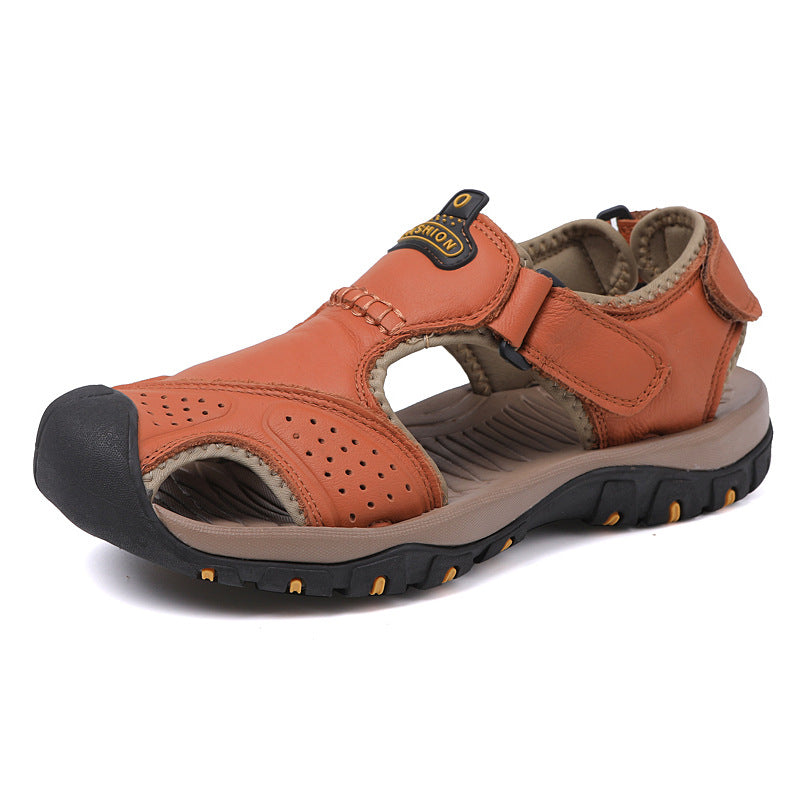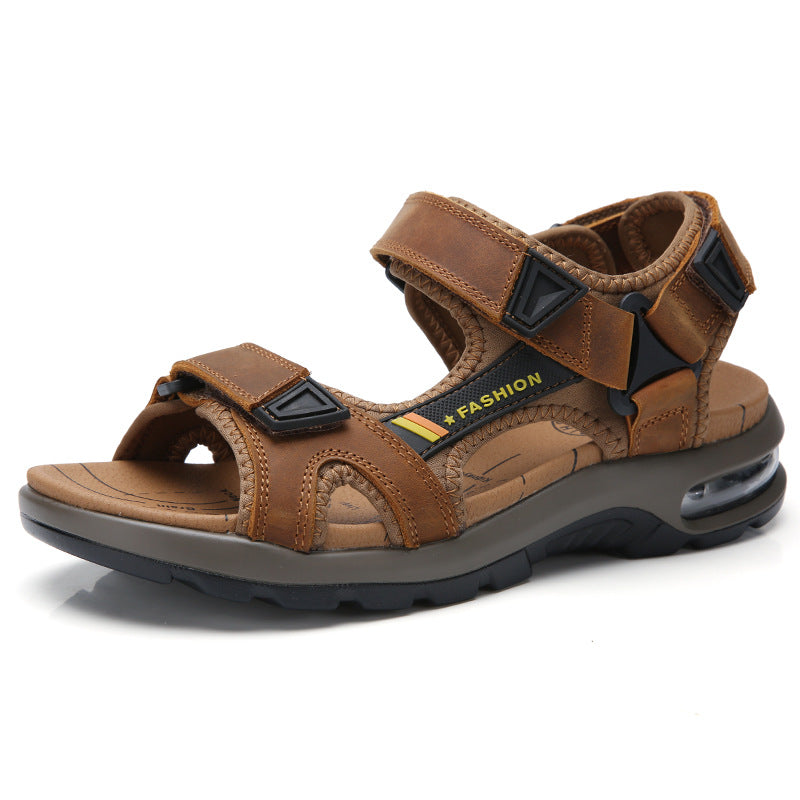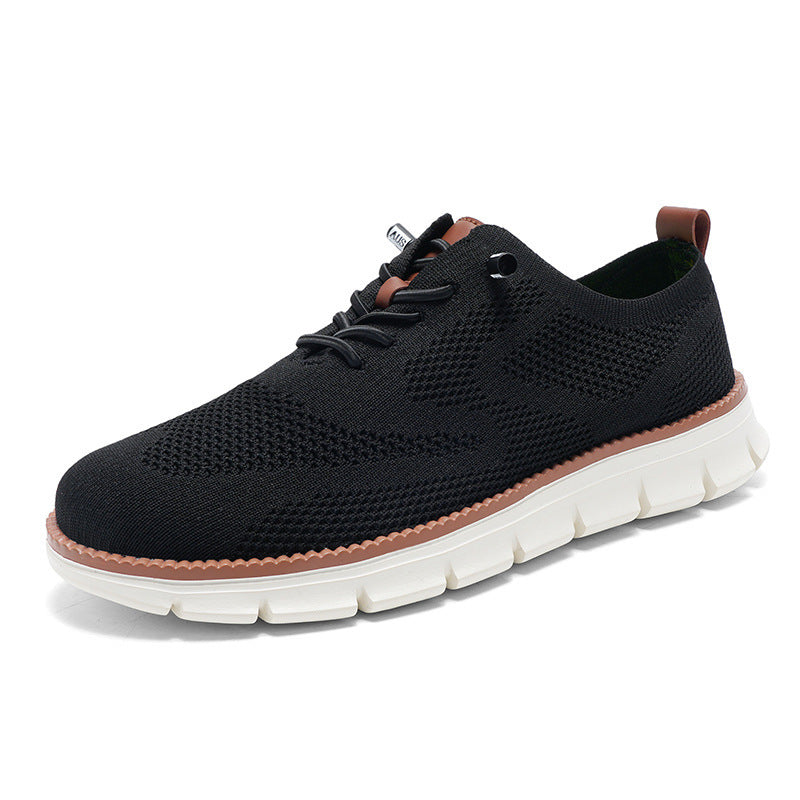
The Benefits of Waterproof Boots: Why Every Hiker Should Own a Pair
Among the many items you might consider, waterproof boots should be at the top of the list. Waterproof boots offer unparalleled protection and comfort, especially in wet, muddy, or unpredictable weather conditions. In this article, we’ll explore why waterproof boots are a must-have for any hiker, the benefits they offer, and tips on choosing the right pair.
1. Keep Your Feet Dry and Comfortable
One of the primary reasons to invest in waterproof boots is to keep your feet dry. Wet feet can lead to a range of problems, from blisters to cold-induced discomfort, both of which can quickly ruin a hiking trip. Here’s how waterproof boots help:
- Prevention of Blisters and Chafing: When your feet get wet, the skin softens, making it more susceptible to friction and blisters. Waterproof boots create a barrier that keeps moisture out, reducing the risk of blisters and ensuring you can hike comfortably for longer.
- Maintain Warmth: In colder conditions, wet feet lose heat rapidly, which can lead to discomfort or even hypothermia in extreme cases. Waterproof boots help to retain warmth by preventing water from entering and keeping your feet dry.
With dry feet, you can hike longer and more comfortably, making every step a pleasure rather than a pain.
2. Enhanced Protection in Varied Terrain
Hiking trails often pass through a mix of terrains, including mud, rocks, streams, and snow. Waterproof boots are designed to withstand these elements, offering better durability and protection than non-waterproof options. Here’s why they excel on different terrains:
- Mud and Wet Trails: Waterproof boots help you confidently tackle muddy or wet trails without worrying about mud seeping in. They’re usually equipped with a strong outsole designed for improved grip, reducing the risk of slipping on wet surfaces.
- Stream Crossings: Many hiking routes involve crossing small streams or wet patches. Waterproof boots allow you to walk through shallow water without fear of getting soaked.
- Snow and Ice: For winter hiking, waterproof boots are essential. They not only keep moisture out but are often insulated, helping to keep feet warm even in icy conditions.
Waterproof boots protect your feet from the elements, helping you to stay focused on the trail instead of worrying about potential hazards.
3. Improved Durability and Longevity
Waterproof boots are typically made with higher-quality materials designed to withstand harsh outdoor environments. Unlike regular boots, they are built with durable outer layers, protective linings, and sturdy construction techniques. Here’s how this durability benefits hikers:
- Resistant to Wear and Tear: The materials used in waterproof boots, like leather and high-quality synthetics, are resistant to damage from moisture and abrasion. These materials prevent breakdowns caused by exposure to water, mud, and other environmental factors.
- Longer Lifespan: Because waterproof boots are more resistant to water damage, they’re less likely to wear out quickly. The initial investment in quality waterproof boots often pays off over time, as they last longer and require fewer replacements.
If you’re an avid hiker, investing in waterproof boots means you’ll enjoy reliable footwear that stands the test of time.
4. Versatile for All-Weather Use
Unlike non-waterproof boots, waterproof boots provide flexibility for hiking in any weather. This versatility can save you time, money, and effort in preparing for hiking trips, as you won’t need different boots for different seasons. Here’s why waterproof boots are so versatile:
- Adaptability: Waterproof boots are designed to perform in rain, snow, and even dry conditions. This means you won’t have to change your boots or worry about the weather forecast before heading out.
- Ideal for Unexpected Weather: Weather in mountainous or forested areas can change rapidly. Waterproof boots prepare you for unexpected rain or snow, allowing you to stay on the trail without discomfort.
With waterproof boots, you’ll always be ready for whatever the weather throws at you, making them a smart choice for hikers who want flexibility in their gear.
5. Breathable Technology for Comfort
In the past, waterproof boots were often heavy and less breathable, making them uncomfortable for long hikes. However, modern waterproof boots are designed with breathable membranes, such as Gore-Tex, which allow moisture to escape while keeping water out. Here’s how breathable technology benefits hikers:
- Reduces Sweating: Breathable waterproof boots let moisture from sweat escape, reducing the chances of dampness inside the boots. This keeps your feet dry from the inside as well, ensuring all-day comfort.
- Prevents Odor and Fungus: When sweat is trapped, it can lead to unpleasant odors and even fungal infections. Breathable membranes reduce the build-up of moisture, preventing these issues and keeping your boots fresh for longer.
Breathable technology in waterproof boots offers the perfect combination of waterproofing and comfort, making them suitable for warm and cold weather alike.
6. Better Support and Stability
Waterproof boots are designed with reinforced structures that provide excellent support and stability, especially for rough and uneven terrains. Here’s why this support is essential:
- Ankle Support: Many waterproof hiking boots come with higher ankle collars, providing extra support for your ankles. This is particularly useful on uneven trails, where a lack of support can lead to ankle sprains or injuries.
- Arch Support: Waterproof boots are built to provide good arch support, which is important for preventing foot fatigue during long hikes. Look for boots with cushioned midsoles, as these provide shock absorption and additional support.
- Stability: Waterproof boots are typically heavier than non-waterproof hiking shoes, which can actually be beneficial. The added weight provides more stability, especially when carrying a heavy backpack.
For hikers who need both protection and support, waterproof boots provide the stability needed to confidently navigate challenging trails.
7. Choosing the Right Pair of Waterproof Boots
If you’re convinced of the benefits of waterproof boots, it’s time to choose the right pair. Here are a few tips to help you make the best choice:
- Fit: Make sure to try on boots with the socks you plan to wear while hiking. Your toes should have enough room to move, but your heel should be secure to prevent rubbing and blisters.
- Material: Consider the material that’s right for your needs. Leather offers durability, while synthetic materials provide lighter weight and quicker drying times.
- Insulation: If you plan on hiking in cold weather, look for insulated waterproof boots that provide additional warmth.
- Traction: Check for a high-quality outsole with deep lugs to ensure good grip on slippery surfaces.
Selecting the right waterproof boots ensures you get maximum comfort and protection on the trail.
Conclusion: Invest in Waterproof Boots for a Better Hiking Experience
From comfort and protection to durability and versatility, waterproof boots offer numerous benefits for hikers of all skill levels. Investing in a quality pair of waterproof boots will improve your hiking experience by keeping your feet dry, supported, and ready for any weather or terrain. So before your next adventure, consider the difference waterproof boots can make.








